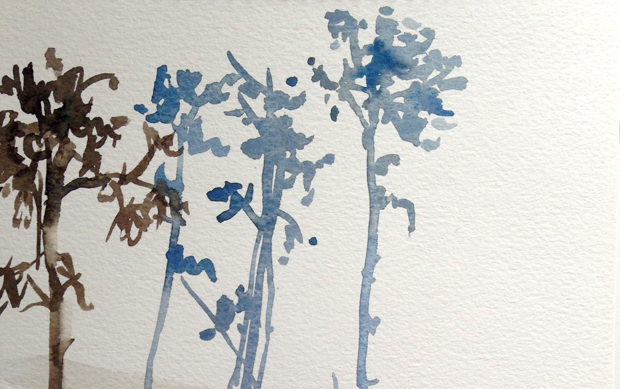Nowhere is the breakdown of the old story of command and control more evident than in the modern “health care” arena, with its ever-increasing cost and complexity, reliance on drugs and technology, and faltering ability to make us healthier or better cared for. When my parents were diagnosed with cancer, the very language used by their doctors was a language of war. In older cultures, by contrast, illness was seen as an indicator of disconnection, disharmony, or imbalance. People, not diseases, were the focus of treatment.
“If you treat disease, you win some, you lose some. But if you treat people, you always win.” ~ Patch Adams
Last week, I attended a noontime lecture at Johns Hopkins University’s School of Public Health. The speaker, Lewis Mehl-Madrona, is a Stanford trained doctor in clinical psychiatry who researches so-called narrative medicine — the healing practices of indigenous elders. His goal is to introduce their healing wisdom into mainstream medicine and to transform medicine and psychology by coupling it with various narrative traditions. He opened his talk with this:
“If you want to change the world, keep talking and tell a story.”
He then proceeded to tell story after story of his experiences in working with sick people, and of attending traditional healing ceremonies led by wise elders. Being steeped in the culture and language of both traditions, he acts as a bridge and translator between them. His very presence in that lecture hall felt deeply healing. I’ve never been in the same room as Patch Adams, but I imagine he has a similar effect.
Here was another threshold moment: a roomful of people in a bastion of western medicine, listening to a western-trained psychiatrist tell stories of elders traveling via ceremony to the “other side,” enlisting the help of the spirit world to heal a sick person. Mehl-Madrona told us that elders believe the spirits (plants, animals, and/or ancestors) physically enter the body and affect it materially. And yet, when he asks them about their expertise, he gets responses like this one:
“I don’t know nothing. I just have some powerful friends. Sometimes they’re annoying and sometimes I wish they’d go away. But they never do.”
He spoke of the difficulty in his research of meeting the expectations of “evidence-based medicine,” when the elders that he studies never do the same thing twice. He told the story of how an elder healed his bad knee by reversing a curse someone had put on him. As part of his treatment, he was also given something to hang at this front door to ward off evil spirits. After that, his knee was 100% better. For himself and the native people who benefit from traditional healing, he said, we don’t really care how it works; it just does.
The questions from the audience after his talk were telling. The first man used the phrase, “faith healing,” his words painting a clear picture of the gap of understanding between a 300-year-old modern system of medicine and a form of healing that goes back thousands of years. The bias was evident. Mehl-Madrona responded first by saying that he doubted the elders would call it that. He said a group of Lakota healers got together to consider what they would want to be called. They decided the most accurate term was, “fix-it men.”
He went on to call for “explanatory pluralism,” a way to look at traditional cultures from within the culture, not as an outsider using a lens biased with a modern western mindset. If a typical interaction between a medical doctor and patient consists of discussing the recommended treatment and its potential harms and benefits, traditional healing is about connection, invitation, and acceptance sourced in a deeper, wider reality than we typically allow.
It’s a different world. A different story, coming from the certainty of our interdependence with the entire living world, including the spirit realm about which we moderns know so little — and give even less credence. This dissonance is not new. What I found refreshing in that lecture hall was his openness, his inclusive language, and the willingness of some of the audience to go along with him.
Several people spoke of their own experiences with talking circles, or other forms of traditional healing. They tossed out ideas of how to study both the qualitative and the quantitative effects of such healing, aware that some methods of proving efficacy can trample their subtle workings. Citing a study of randomized control trials, Dr. Mehl-Madrona said that, for all their complexity and extravagant cost, they actually prove very little. They may work to prove out a particular drug, but are not the right instrument to study people.
“How can we allow all the stories to be true without holding some over others?”
Lewis Mehl-Madrona’s question beautifully sums up a way to thrive on this threshold between stories. Traditional, indigenous healing ceremony comes from experience with and reverence for the life force that runs through everyone and everything, focuses on people and their stories, and humbly taps the power of hidden worlds. Far from relying on blind faith, it strikes me as a profoundly practical approach.

